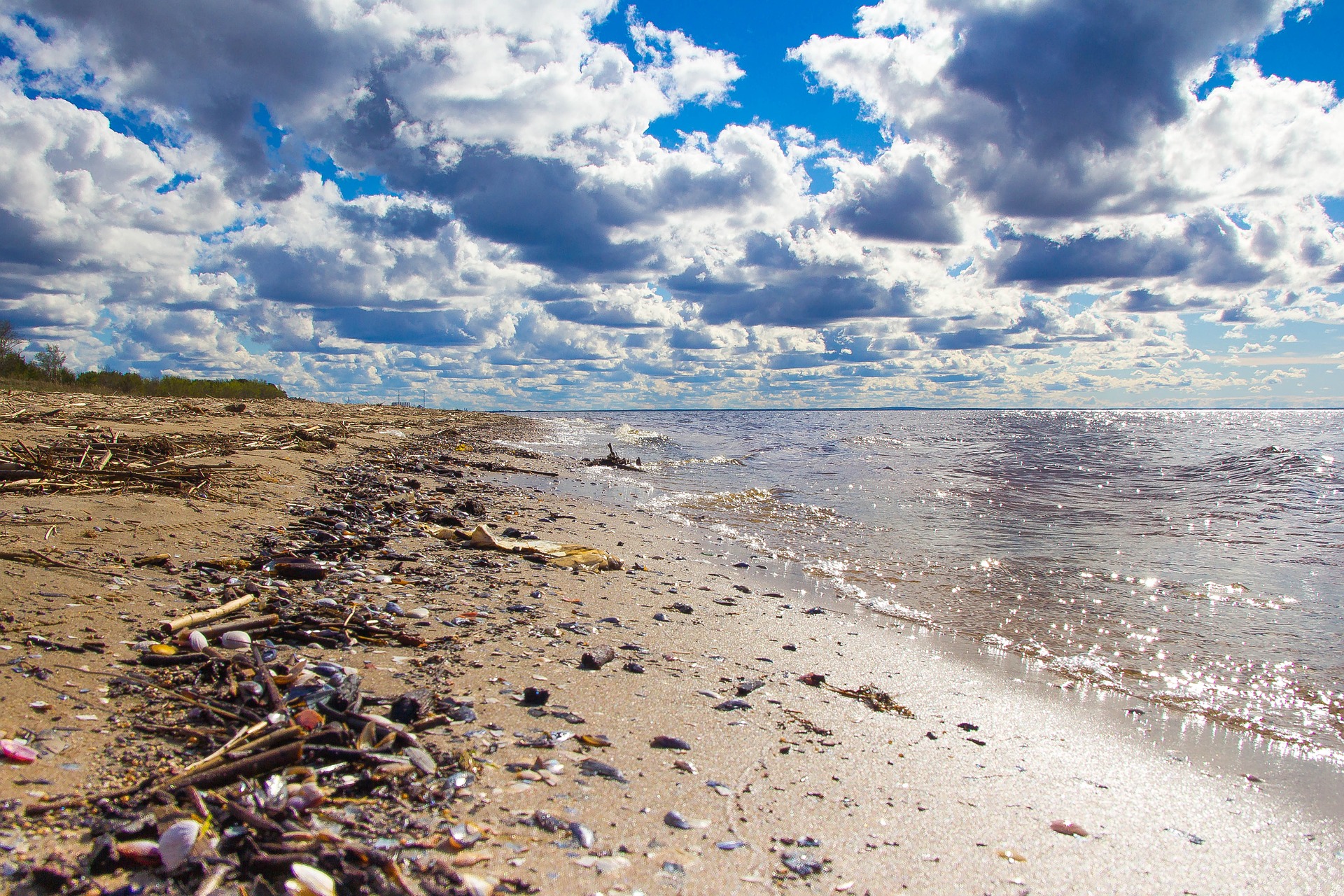Plastics, metal scraps and oil spills have forced several marine species into the endangered or extinct list. Sea turtles, seagulls, whales and dolphins are among the worst affected species. Human activities are also affecting coral beds such as the Great Barrier Reef along the coast of Australia and reefs in the Indian Ocean.

The answer to solving the impending cataclysm isn’t a puzzle. All one needs to do is clean oceans one port at a time. As daunting as that sounds, two Australian sailors and inventors in 2016 found a solution so mind-numbingly simple and yet so effective that can potentially save our oceans – High Density Polypropylene (HDPE) Seabin.
V5 Seabin
The invention is named V5 Seabin, a new kind of completely plastic Trash Interception system engineered for ports and other marine bodies (natural or manmade). Unlike other interception structures, V5 Seabin is small, simple and ergonomic.
The prototype, made from HDPE, is designed to capture 1.5 kg of floating debris per day. This, as per the inventors, Andrew Turton and Pete Ceglinski, equates to over nearly 500 kg of debris per year for each Seabin. The number per day might appear small, but most plastic debris weigh not more than a few grams.
Construction & Working
- The Seabin debris interceptor is installed in what is dubbed “debris problem area” on a floating dock.
- The interceptor is designed and positioned strategically in the opposite direction of the current so that the inbound debris could get trapped.
- The interceptor has a catch bag that can hold up to 12 kg of debris. Therefore the Seabin needs to be checked often and the catch bag changed when needed.
- The catch bag uses an oil absorption technology to capture a percentage of oil from the water.
- The V5 prototype is powered by a compact submersible water pump underneath the Seabin, rated 110 V or 220 V.
- Future models of the water pump alternate energy sources such as solar, wind, tidal or turbine.
Feasibility & Conclusion
The HDPE plastic structure makes the V5 Seabin weigh less. Current efforts are inclined towards finding what amount of content of recycled plastic material can be used compared to virgin plastic materials in the production of the Seabin.
The mesh in the catch bag also uses recycled plastic to prevent over absorption.
The water pump consumes more energy per dollar. This, however, is expected to reduce drastically with the advancement in allied technology.
The HDPE Seabin is currently not designed for open water bodies with high tides or ship traffic.





